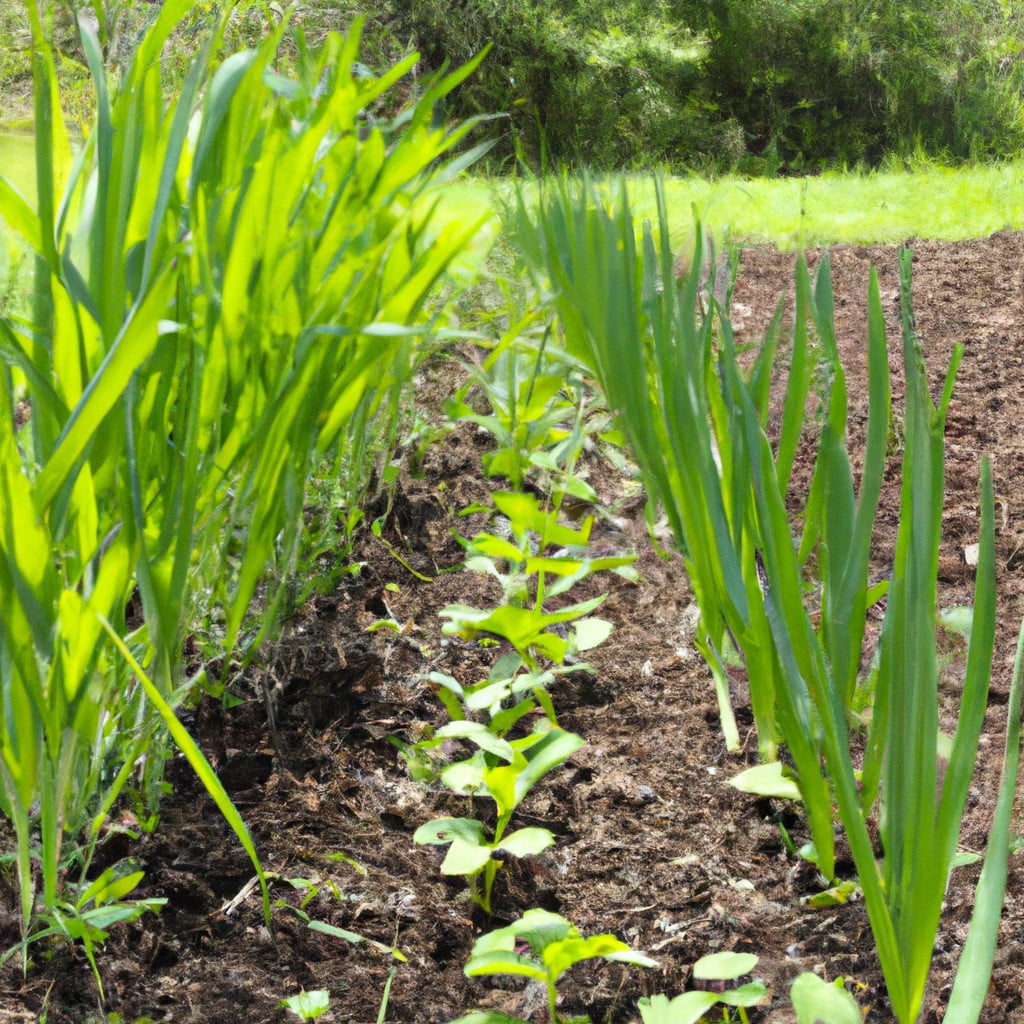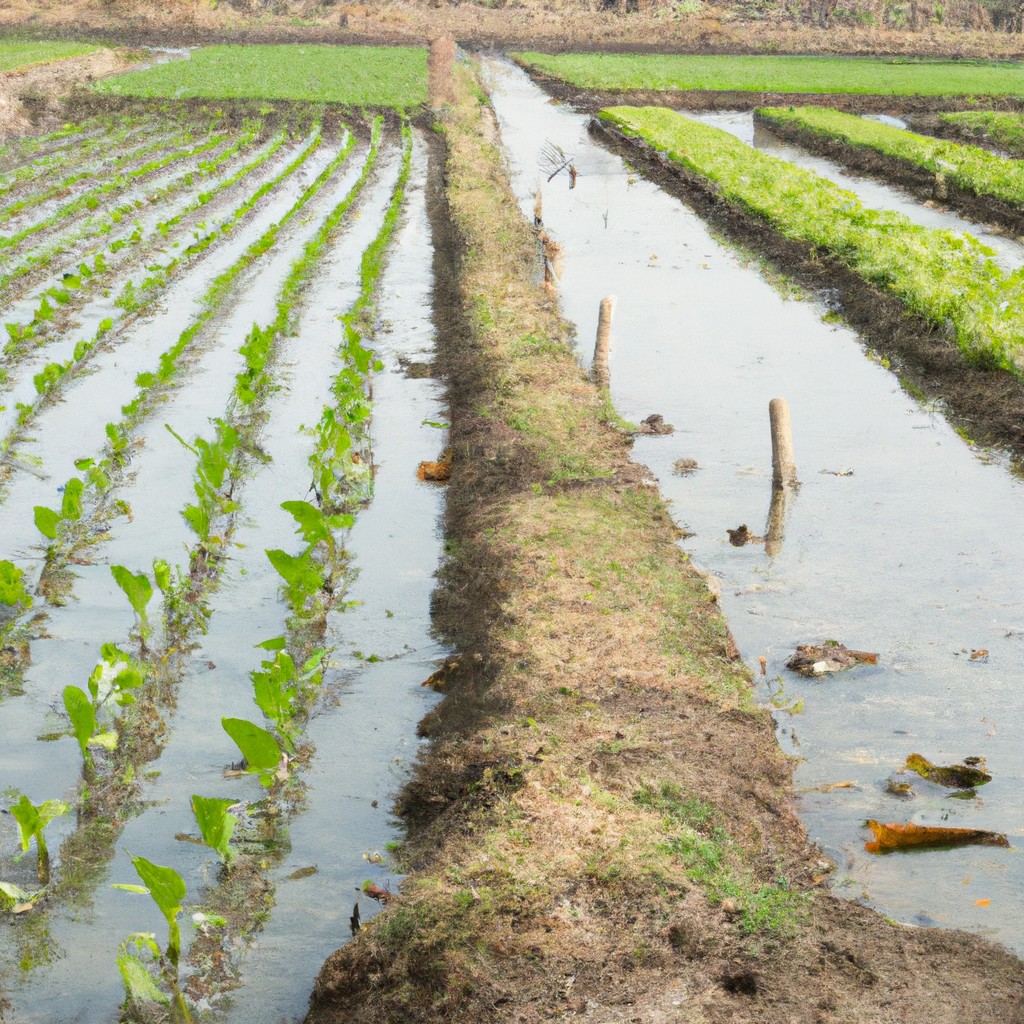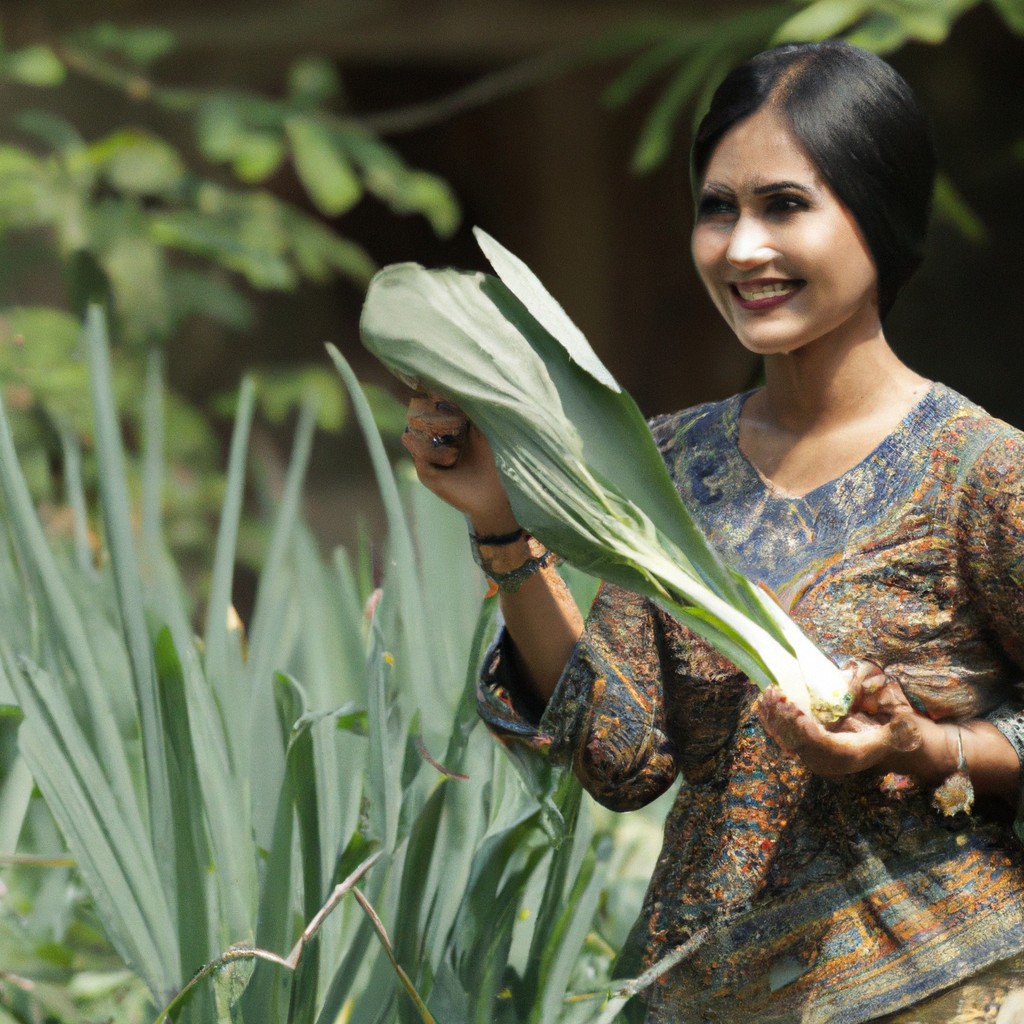Sustainable farming practices are transforming the way we grow food, focusing on eco-friendly techniques that enhance soil health, reduce water usage, and increase biodiversity.
Sustainable farming practices are key to maintaining our planet’s health and ensuring food security for future generations.
This article offers a quick check on the most effective methods currently in use.
From crop rotation to agroforestry, organic farming to permaculture, we delve into each practice’s benefits and how they contribute to a sustainable agricultural system.
Stay with us as we explore these practices in detail, providing you with a comprehensive understanding of sustainable farming.
Key takeaways:
- No-till farming, crop rotation, and cover cropping improve soil health.
- Efficient use of inputs reduces waste and environmental impact.
- Selection of site, species, and variety promotes resilience and biodiversity.
- Rotational grazing and precision livestock farming optimize grazing management.
- Water conservation tactics and renewable energy sources reduce environmental impact.
Look Inside:
Sustainable Farming Practices Overview

Tending to the planet while producing food involves a range of techniques that minimize the ecological footprint of farming. These methods boost productivity without depleting resources or causing environmental harm. The heart of sustainable farming lies in embracing practices that nurture the soil, reduce water usage, and promote biological diversity.
Implementation of these strategies varies widely depending on the geographical location, type of crop, and individual farmer’s resources. This section explores these techniques, emphasizing how they contribute to the longevity and health of our agricultural systems, ultimately paving the way towards a more sustainable food future.
Soil Management in Sustainable Farming
Proper soil management goes beyond traditional ploughing, cultivating, and seed sowing. Today, sustainable farmers focus on enhancing the soil structure and fertility by practicing no-till farming, crop rotation, and cover cropping.
No-till farming or conservation tillage reduces soil erosion and improves water infiltration and retention. It preserves the soil’s biological and nutrient profile, ensuring healthier crop growth.
Crop rotation breaks disease and pest cycles, thereby reducing dependency on chemical pesticides. By planting different crops consecutively, this technique also diversifies and boosts soil nutrient content.
Cover cropping with leguminous plants helps fix nitrogen, a vital nutrient for plant growth. They prevent soil erosion and increase soil organic matter content when left to decompose.
Overall, these methodologies enrich the soil, promoting healthier, more abundant and resilient crop yields.
Efficient Use of Inputs in Sustainable Farming
In efforts to optimize resources, inputs such as seeds, water, fertilizers, and pesticides are used efficiently. This includes precision farming methods that apply inputs directly to areas where they are needed, resulting in decreased waste and lowered environmental impact.
The use of organic or green manure, for instance, may significantly lower the need for chemical fertilizers. Natural fertilizers such as compost and green manure improve soil fertility, contribute to carbon sequestration, and moderate soil temperature and moisture.
Another crucial measure is integrated pest management (IPM), which targets pests only when they reach harmful levels, reducing pesticide use. IPM strategies combine biological, cultural, physical, and chemical tools to manage pests eco-friendly ways. This way, farmers promote biological control, minimize risks to water and air quality, and protect biodiversity.
By implementing these strategies, farmers can significantly reduce the need for synthetic inputs, making farming practices more sustainable and cutting costs. Thus, efficient use of inputs plays a pivotal role in sustainable farming.
Selection of Site, Species and Variety for Sustainable Farming
When it comes to choosing a site, the farmer must take into account factors like land topography, soil health, and local climate. For a lower environmental impact and higher yield, local, in-season species are preferred, as they tend to be more resilient while demanding fewer resources.
Similarly, the selection of crop or livestock varieties should ideally be inclined toward those that are resistant to pests and diseases, reducing the need for synthetic pesticides and antibiotics. Considerations like these are critical to successful, sustainable farming and greatly contribute to biodiversity and the overall health of the ecosystem.
Grazing Management in Sustainable Agriculture
Prudent grazing strategies are vital to maintain the health and productivity of pastures. Rotational grazing, for instance, allows rangelands to recover from grazing, supporting plant regrowth and preventing soil erosion. At the same time, it improves animal health by reducing exposure to parasites and diseases.
Integrating herd management with local vegetation and weather patterns can further optimize grazing, enhance biodiversity, and increase carbon sequestration in pastures. Moreover, with technologies like precision livestock farming, it’s easier than ever to track animal behavior and pasture conditions for improved grazing management precision.
Water Conservation Tactics in Sustainable Farming
Several tactics are pivotal in conserving water. Drip irrigation is one such strategy; it delivers water directly to plant roots, minimizing evaporation and runoff.
Another practice is rainwater harvesting, which involves collecting and storing rainwater for irrigation.
Additionally, some farmers employ cover crops to reduce soil evaporation, conserve moisture, and cut down on the need for watering.
Moreover, the use of mulching and composting can also help retain moisture in the soil.
Soil management techniques that improve its organic matter content also enhance its water-holding capacity.
Lastly, selecting drought-resistant crop varieties can significantly reduce the overall water demand in a farming operation.
Energy Efficiency Practices in Sustainable Farming
Incorporating renewable sources such as solar, wind or hydro, can significantly reduce the carbon footprint of agricultural operations.
These sources can power everything from irrigation systems to machinery, reducing reliance on fossil fuels.
Additionally, efficient field machinery can decrease fuel consumption and emissions.
Precision agriculture, using GPS mapping and automated technology, helps apply water, pesticides, and fertilizers only where necessary, reducing waste and saving energy.
Bioenergy from farm waste is another viable practice, converting manure, crop residues, or wasted food into heat, electricity or biofuel.
These practices are not only environmentally friendly but also cost-effective in the long run.
FAQ
What is sustainable farming practices?
Sustainable farming practices are methods of agriculture designed to protect the environment, enhance natural resources, improve soil fertility, and boost profitable farm income.
What are the 5 goals of sustainable agriculture?
The five goals of sustainable agriculture include ensuring environmental health, maintaining economic profitability, promoting social and economic equity, fostering sustainable business and communities, and enhancing quality of life for farmers and society as a whole.
Which is a sustainable farming technique quizlet?
One sustainable farming technique is the practice of strip cropping, which involves harvesting one crop at a time to keep others holding the soil together and reduce erosion.
How does crop rotation contribute to sustainable farming?
Crop rotation contributes to sustainable farming by naturally breaking the cycle of pests and diseases, replenishing soil fertility, and improving crop yield without relying on chemical fertilizers and pesticides.
What role does permaculture play in sustainable agriculture?
Permaculture plays a vital role in sustainable agriculture by promoting biodiversity, ecosystem resilience, and soil health through the design of farming systems that mimic natural ecosystems.
How does agroecology aid in achieving the objectives of sustainable farming?
Agroecology aids in achieving the objectives of sustainable farming by applying ecological principles to the design and management of sustainable agricultural systems, thereby enhancing soil fertility, maximizing biodiversity, and promoting natural resources conservation.




